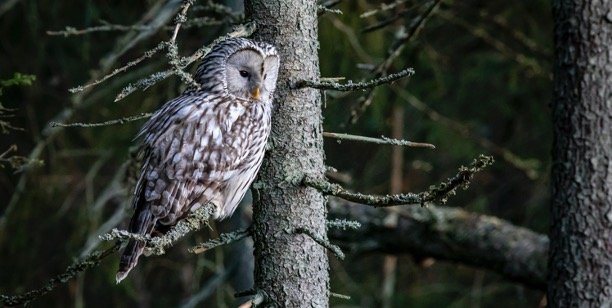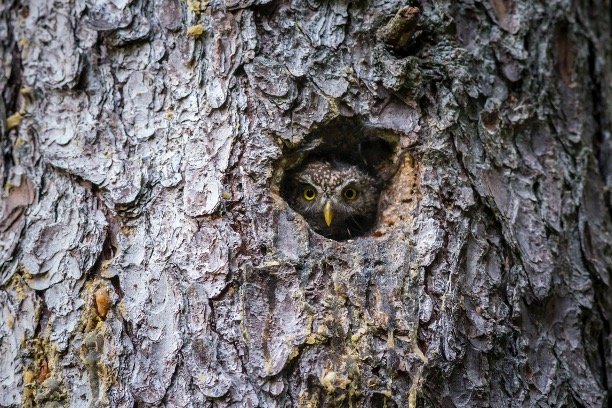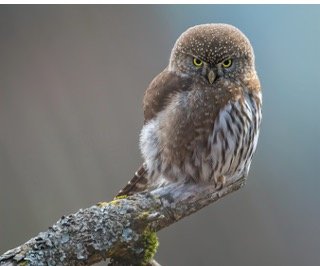
Investigate who is flying about the area as a bird sleuth. Here are some clues to look for if you wish to locate owls in the treetops.
Even if you’ve never seen an owl in your yard, that doesn’t imply one doesn’t exist. Because these enigmatic birds are nocturnal predators, they prey after you’ve gone to bed.
Their unique feathers enable them to fly completely silently, making owls much more difficult to detect in trees than they are to hear. Put on your sleuth hat and become an observant owl.

How to Identify Owls in Trees?
Stay up late and conduct some nocturnal wildlife watching from the luxury of your deck or on your upcoming camping trip to spot an owl. You are more likely to see one of these midnight birds when human activity slows in the evening and the smaller animals that owls prey on become more active. Binoculars are required for owl monitoring, and if you’re a birder, you’re probably already equipped with a pair.
If you don’t already have a pair, there are still plenty of high-quality novice binoculars available to get you started. Owls can fly beneath the radar after the sun comes up because of their remarkable camouflage. You might be able to locate an owl on its daylight roost if you move softly and look slowly.
Owls frequently roost in lush evergreen forests. They’ll also perch near the trunk of other trees, where they’ll be easier to identify until the autumn leaves fall. Some species rest within tree cavities, and you may see them peering out of the apertures on warm days.

Listen for Owl Sounds
Even if you won’t be able to hear one of these birds of prey flapping its wings due to the silent flying feathers, your ears are still among of your greatest weapons for exploration.
Owls may be highly loud, and various species have varied sounds, as do other bird groups. Owls in towns and cities are frequently quieter than those in the wild. However, late at night, once the traffic has died down, keep an ear out for them phoning.
Great Horned Owl (Bubo virginianus pallescens)
Learning owl noises and cries, whether it’s the who-cooks-for-you of the barred owl, the ghostlike trilling of a screech-owl, or the big, traditional hooting of a great horned owl, is one of the finest things you can do to locate additional species in your region.
Eastern Screech Owl (Megascops asio)
Start your owl knowledge with the Cornell Lab of Ornithology’s allaboutbirds.org website, which provides calls for each species and is an excellent instructional resource for all forms of identification.
Barred Owl (Strix varia)
Burrowing Owl (Athene cunicularia)
Where to Look for Owl Pellets and Feathers?
Aside from sight and sound, there are several more ways to detect the presence of an owl. Every year, they moult their feathers and develop a new set, as do other birds. Keep an eye out for huge feathers on the ground and keep a field reference nearby to help you match your discovery with the relevant species. Pellets are little balls of fur and bone that owls regurgitate.

Owls frequently swallow their meal whole, coughing up the undigested pieces afterwards. Owl pellets of matted hair, small bones, and bug scales may be found under lush evergreens in which the owls have roosted.
These remnants are certain indications that owls are present. Search the ground beneath trees for owl pellets, and if you’re feeling really daring, disassemble one to learn what the owls in your neighbourhood have been having for supper. Furthermore, once an owl finds a roosting location, it may be used for several days. Their droppings form “whitewash” on the ground or the tree trunk under their perch.








